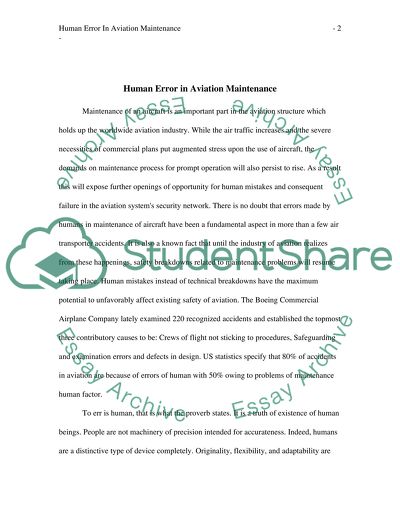Cite this document
(“Human errors in aviation maintenance Research Paper”, n.d.)
Retrieved from https://studentshare.org/miscellaneous/1582373-human-errors-in-aviation-maintenance
Retrieved from https://studentshare.org/miscellaneous/1582373-human-errors-in-aviation-maintenance
(Human Errors in Aviation Maintenance Research Paper)
https://studentshare.org/miscellaneous/1582373-human-errors-in-aviation-maintenance.
https://studentshare.org/miscellaneous/1582373-human-errors-in-aviation-maintenance.
“Human Errors in Aviation Maintenance Research Paper”, n.d. https://studentshare.org/miscellaneous/1582373-human-errors-in-aviation-maintenance.


